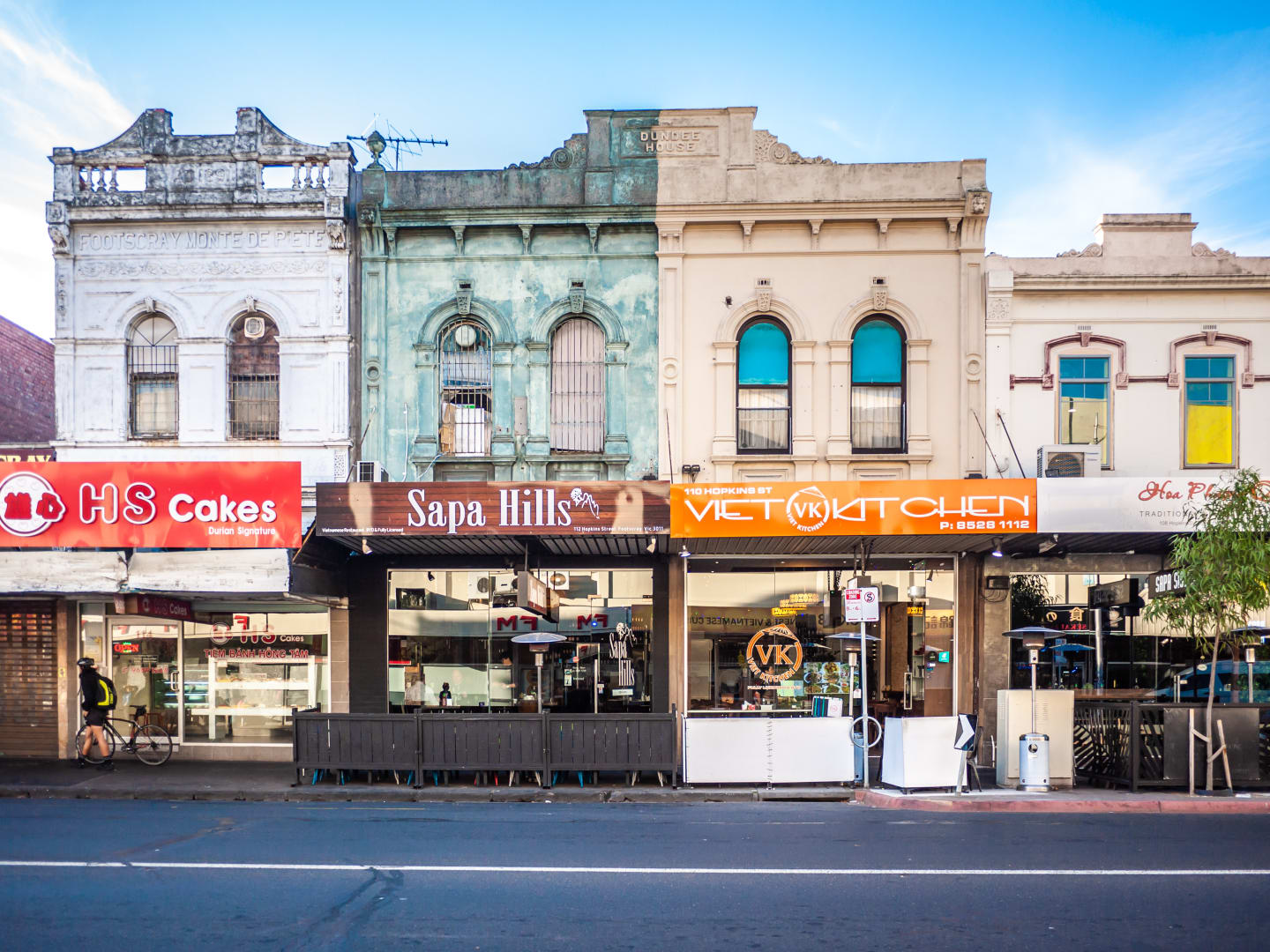Melbourne’s West: How the Growth Corridor is Defying the Property Market
As the Australian property market weathers a period of significant uncertainty, buyers are flocking to the affordable and desirable lifestyle offered in Melbourne’s western growth corridor, with the region setting a benchmark for community-focused living.
North, West, South-east and Sunbury Growth Corridor Plans were introduced in 2012 by the Victorian Planning Authority to manage the growing population of the region. Each of these identified corridors aims to deliver affordable housing, employment, all-inclusive town centres, along with wide-open spaces that are expected to eventually accommodate close to half of Melbourne’s new housing.
With the rest of the state forecasting a market downturn as a result of COVID-19, developers in Melbourne’s west are witnessing a resurgence of buyers who are eager to capitalise on low-interest rates and government stimulus packages. This accelerated population growth is expected to continue into the future with 22,100 residents expected to be added by 2031, representing growth of 15% per annum.
Securing homes and land for the future
For the past decade, Melbourne's west has experienced remarkable population growth, with an additional 267,000 people moving into the area, representing a 38% increase.
This area of Melbourne is consistently popular with the hard-working demographic. This includes individuals and families who are classified as essential service workers working within the health, logistics and construction sector and have remained the most financially secure during COVID-19.
These buyers typically have their finances ready to go and are eager to start building, hence they tend to flock towards titled land as opposed to untitled which can take anywhere from 12 to 18 months to settle.
Whilst first-home buyers are also active and still looking, they are spending more time researching and banks are taking a bit longer with finance approvals. On the other hand, there are still groups of buyers who are happy to buy off the plan now with a 5% deposit and then pay the rest at settlement in 12 months time.
Seeking a convenient lifestyle
Buyers who opt to invest in the western growth corridor tend to place a greater emphasis on value - they actively seek out products that will provide them with more bang for their buck and master-planned communities tend to tick all the boxes. In addition, there has been a greater appetite for townhouses, as more and more individuals shift away from traditional detached family homes.
New home buyers are also seeking more than just value for money with owner-occupiers searching for a community that is designed for easy living away from the hustle and bustle of the city with space to grow and explore, such as wetlands and conservation areas.
Community connection
Melbourne’s west is an up and coming area that is seeing families attracted by the space, investment into infrastructure and amenities.
Public transport links, walkability, thriving communities, and local community development initiatives are designed to foster a strong sense of community which is also appealing to first home buyers and those who are looking to build their forever home especially as people are spending more time in the suburb where they live.
But this focus on community development requires investment and often does not come naturally, rather it is the responsibility of developers to implement such initiatives to encourage a strong sense of community to develop among residents.
It is becoming clearer than ever that buyers are expecting more than just a property. They are seeking a modern, fulfilling lifestyle that provides value, convenience and a level of connection, and that is exactly what is on offer in Melbourne’s west, and why it remains one of the fastest-growing regions in Australia.
